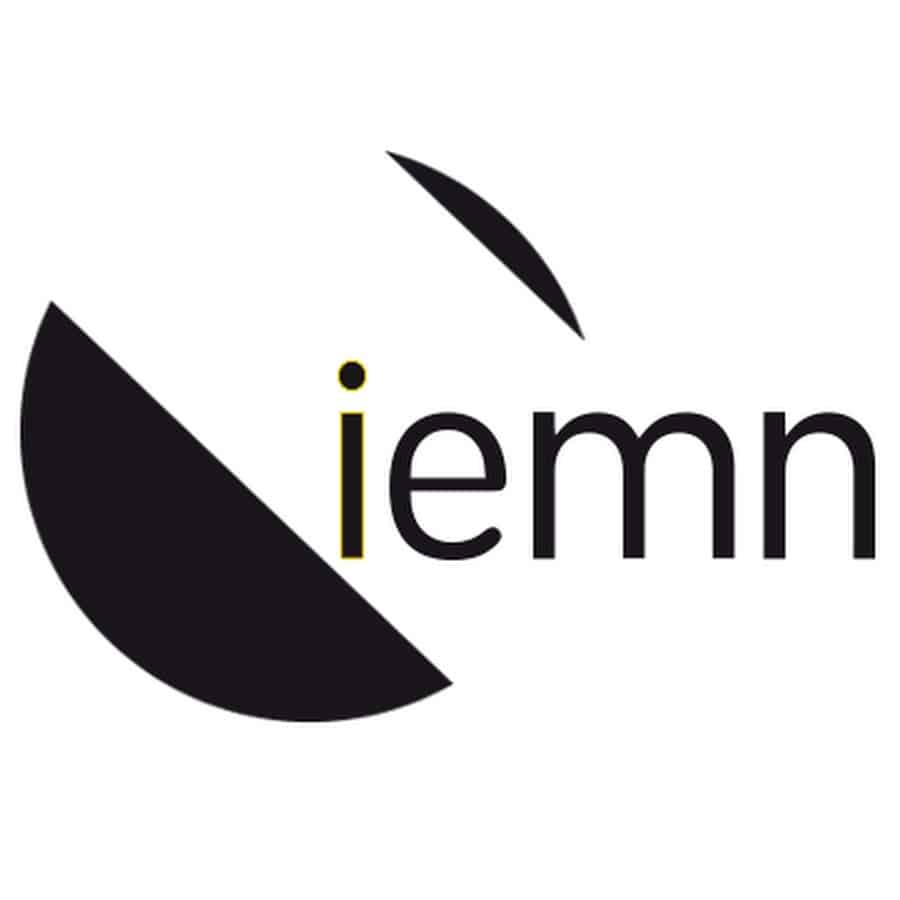Linking Cause and Effect: Nanoscale Vibrational Spectroscopy of Space Weathering from Asteroid Ryugu
Résumé
Abstract
Airless bodies are subjected to space-weathering effects that modify the first few microns of their surface. Therefore, understanding their impact on the optical properties of asteroids is key to the interpretation of their color variability and infrared reflectance observations. The recent Hayabusa2 sample return mission to asteroid Ryugu offers the first opportunity to study these effects, in the case of the most abundant spectral type among the main-asteroid belt, C-type objects. This study employs vibrational electron energy-loss spectroscopy in the transmission electron microscope to achieve the spatial resolution required to measure the distinct mid-infrared spectral signature of Ryugu's space-weathered surface. The comparison with the spectrum of the pristine underlying matrix reveals the loss of structural -OH and C-rich components in the space-weathered layers, providing direct experimental evidence that exposure to the space environment tends to mask the optical signatures of phyllosilicates and carbonaceous matter. Our findings should contribute to rectifying potential underestimations of water and carbon content of C-type asteroids when studied through remote sensing with new-generation telescopes.
Les corps dépourvus d'atmosphère tels que les astéroïdes sont soumis à des effets d’altération spatiale qui modifient les premiers microns de leur surface. Par conséquent, la compréhension de leur impact sur les propriétés optiques de ces astéroïdes est essentielle pour l’interprétation de leur variabilité spectrale par réflectance dans infrarouge. La récente mission de retour d’échantillon Hayabusa2 sur l’astéroïde Ryugu offre la première opportunité d’étudier ces effets, dans le cas du type spectral le plus abondant parmi la ceinture d’astéroïdes principaux, les astéroïdes de type C. Cette étude utilise la spectroscopie de perte d’énergie des électrons vibratoires dans le microscope électronique à transmission pour atteindre la résolution spatiale requise pour mesurer la signature spectrale distincte dans l’infrarouge moyen de la surface altérée de Ryugu. La comparaison avec le spectre de la matrice sous-jacente intacte révèle la perte de composants hydratés et riches en matière organique. Les couches altérées, fournissant des preuves expérimentales directes que l’exposition à l’environnement spatial tend à masquer les signatures optiques des phyllosilicates et de la matière carbonée. Nos résultats devraient contribuer à corriger la sous-estimation potentielle de la teneur en eau et en carbone des astéroïdes de type C lorsqu’ils sont étudiés par télédétection avec des télescopes de nouvelle génération.
Origine : Fichiers éditeurs autorisés sur une archive ouverte


